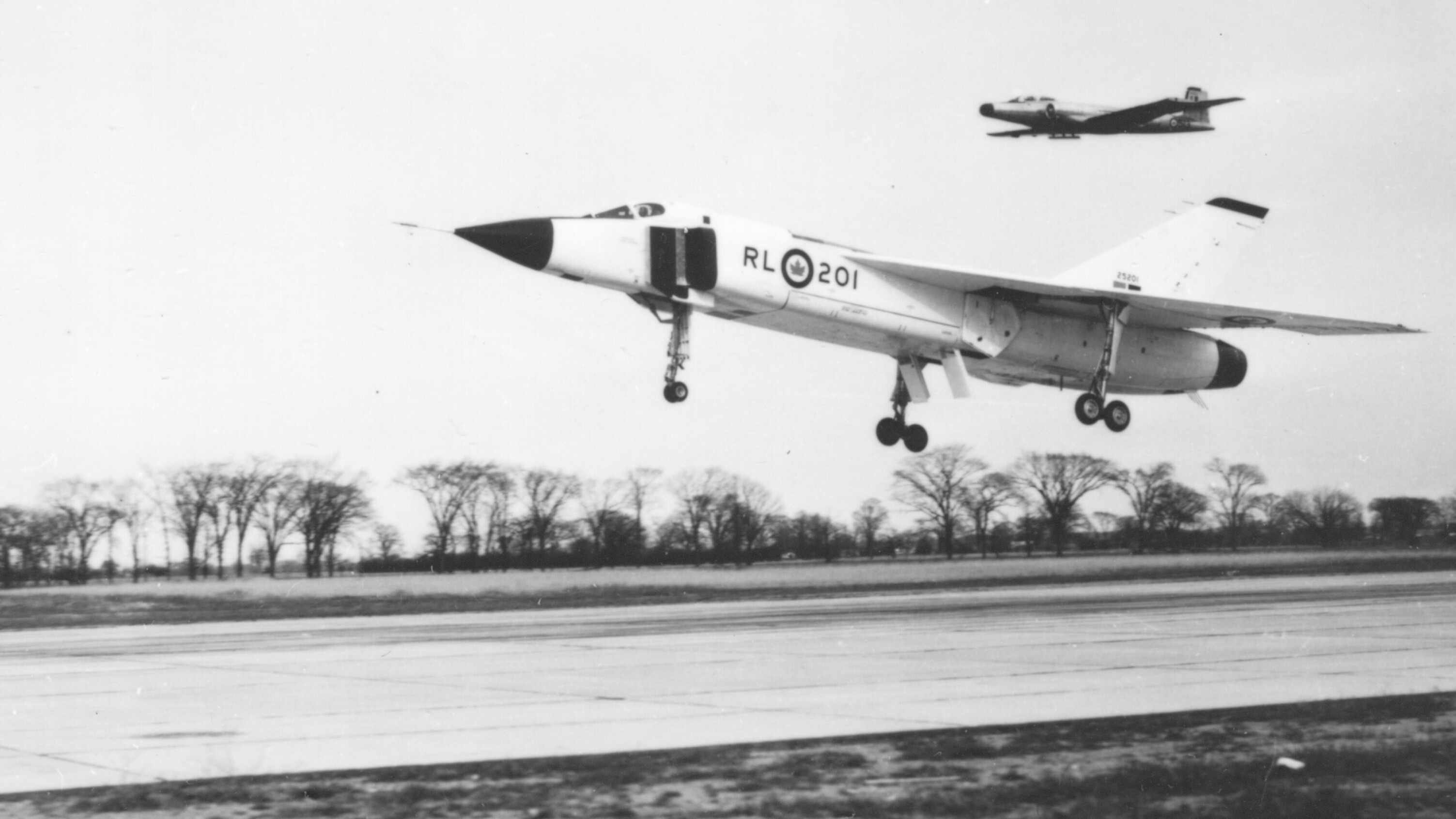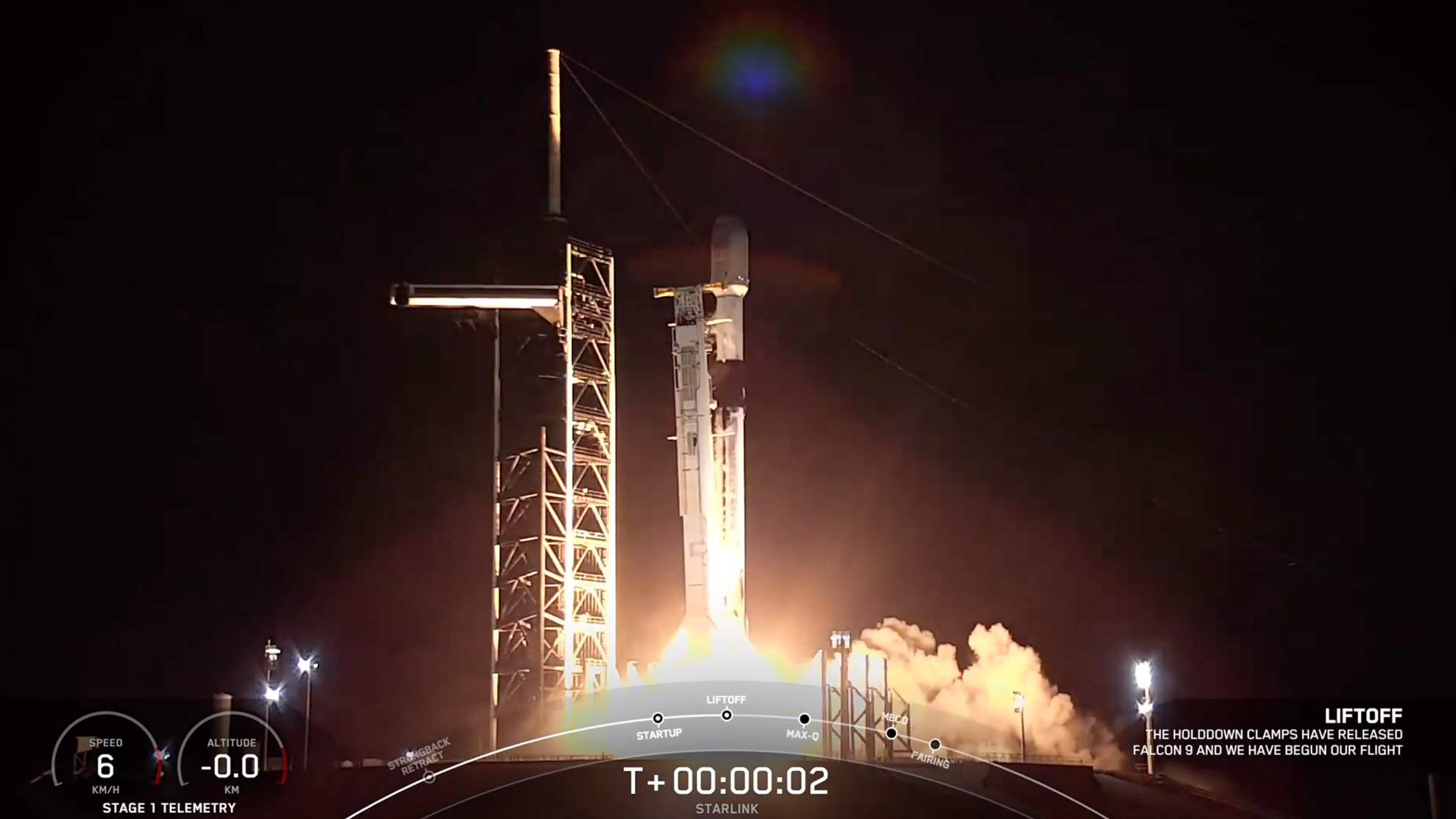How Canada is preserving what remains of its iconic supersonic Avro Arrow jet
New insights were just uncovered about how the Arrow was made.

Six decades after the supersonic Avro Arrow suddenly stopped flying, Canada is working hard to preserve what few pieces of it are left.
The Avro Canada CF-105 Arrow (known as the Arrow among its fans) was one of the most advanced supersonic jets of its era in the 1950s. It even has a link with NASA across the border, according to the Canadian Encyclopedia. But the Arrow program's funding was nixed in 1959 in a still-controversial decision by the Canadian government of the day, led by Prime Minister John Diefenbaker.
There was a silver lining for NASA, as a few of Avro's employees eventually were hired by the agency and participated in the early U.S. space program, according to Ingenium. Some even worked on the Apollo moon landings. The Arrow's legacy was recently celebrated at a Canadian museum trying to keep safe the few parts that remain from the program, as the airplanes, plans and most other artifacts were destroyed in the aftermath of the cancellation decision.

Luckily, there's an Arrow nose section on display in Ottawa that represents the largest surviving piece of any of the airplanes; it's in the Cold War section of the Canada Aviation and Space Museum (CASM). Ingenium, which is the organization made up of CASM and two other Ottawa museums, recently took a look at the nose piece to see how it was doing.
Related: In photos: Chuck Yeager: 1st person to break the sound barrier
After museum officials noticed flaking paint, they called in representatives from the government's Canadian Conservation Institute (CCI), as the institute works with government heritage collections. At CASM, the institute told the public on Sept. 5 how they feel the artifact is holding up after decades in storage or on display.
To be clear, there are other pieces of the Arrow still preserved, but only a few; most of the airplane pieces were cut up for scrap while "blueprints, models, designs and machines used to make the planes were destroyed," the Canadian Encyclopedia wrote. This situation makes the nose cone all the more precious, as there are scarce remnants of the Arrow's existence still with us six decades on.
Get the Space.com Newsletter
Breaking space news, the latest updates on rocket launches, skywatching events and more!

CCI representatives did non-invasive examinations with techniques such as X-rays, and took a few tiny samples, to check on the nose cone's health. The analysis uncovered new clues about how the airplane was made. For example, at least one part of the plane's exterior was made of an aluminum alloy, likely including elements such as copper, iron and manganese.
The hatch door of the nose piece had some bare metal and yellow-brown "material" that also underwent scrutiny. The analysis showed the Arrow was treated with zinc chromium before flying, to prevent corrosion when flying through the air. "These materials are known to actually 'brown' as they discolor or degrade," Kathleen Sullivan, CCI conservator of archaeological materials, told the audience during the Sept. 5 event.
Degrading, cream-colored paint on the aircraft as well as a greasy-looking substance on the radar dome also were scrutinized. The radar dome is made from chloroprene rubber, similar to what wetsuits require; that rubber is "becoming almost spongy" with age, CCI conservation scientist Jennifer Poulin said. The grease is also due to age; it's from non-toxic silicone "migrating out from inside the rubber to the surface."

The new analysis will allow conservators to better implement strategies in the coming years to keep the Arrow pieces, which also include ejection seats and flight models, preserved in the coming decades. The Arrow is a popular exhibit at the museum, as its loss remains a sore point in the Canadian aviation community.
Debate continues about whether the government made the right choice given the high cost and quickly changing technology of the era.
"Some think that the Arrow’s high costs contributed to its downfall," the Canadian Encyclopedia stated; the program was estimated at $1.1 billion CDN in 1959, which translates to roughly $11.65 billion CDN today, or $8.57 billion USD at current exchange rates. (For perspective, Canada's 2024 federal budget anticipated $449.2 billion CDN in spending.)
"The Arrow program was very expensive for a country of Canada's size," the encyclopedia added. "But its technology was another concern. The [Canadian] Army's chief of the general staff, Lieutenant-General Guy Simonds, was among those who thought that it was already outdated."
Other countries, including the United States, were catching up and surpassing the Arrow's supersonic technology, the encyclopedia noted. Also, satellites were starting to enter orbit as of 1957, throwing into doubt the Arrow's primary role in defense, as it was designed to deal with intercontinental ballistic missiles originating from Earth.
Join our Space Forums to keep talking space on the latest missions, night sky and more! And if you have a news tip, correction or comment, let us know at: community@space.com.

Elizabeth Howell (she/her), Ph.D., was a staff writer in the spaceflight channel between 2022 and 2024 specializing in Canadian space news. She was contributing writer for Space.com for 10 years from 2012 to 2024. Elizabeth's reporting includes multiple exclusives with the White House, leading world coverage about a lost-and-found space tomato on the International Space Station, witnessing five human spaceflight launches on two continents, flying parabolic, working inside a spacesuit, and participating in a simulated Mars mission. Her latest book, "Why Am I Taller?" (ECW Press, 2022) is co-written with astronaut Dave Williams.









